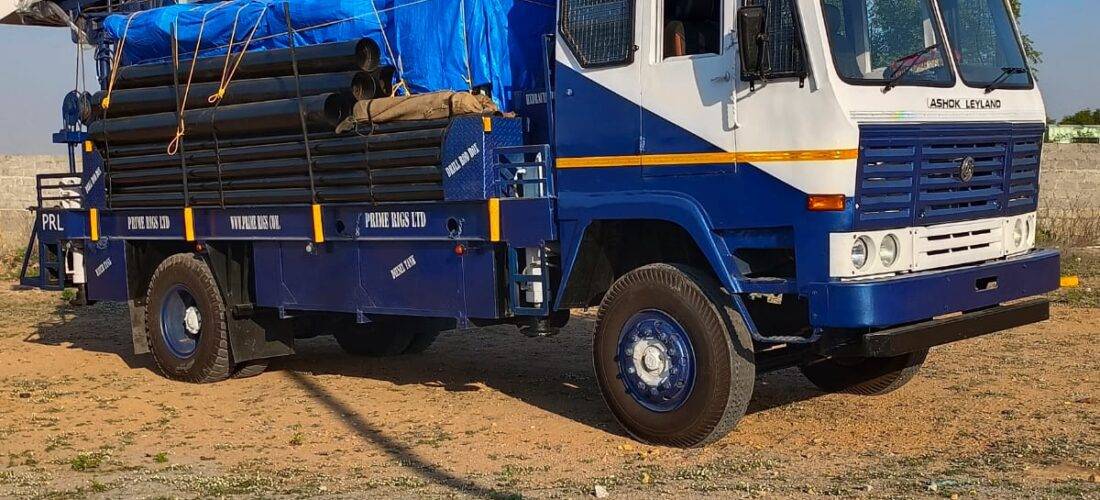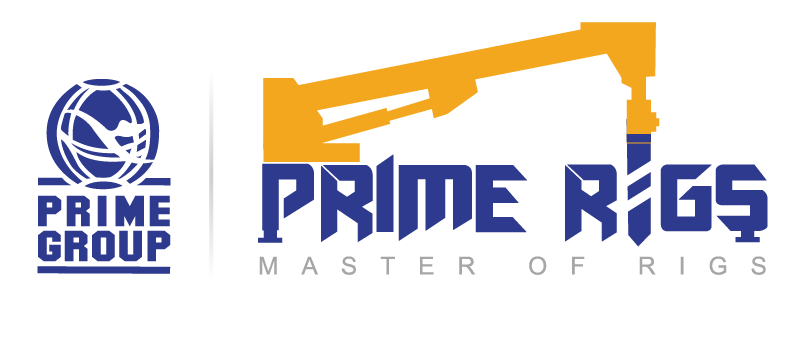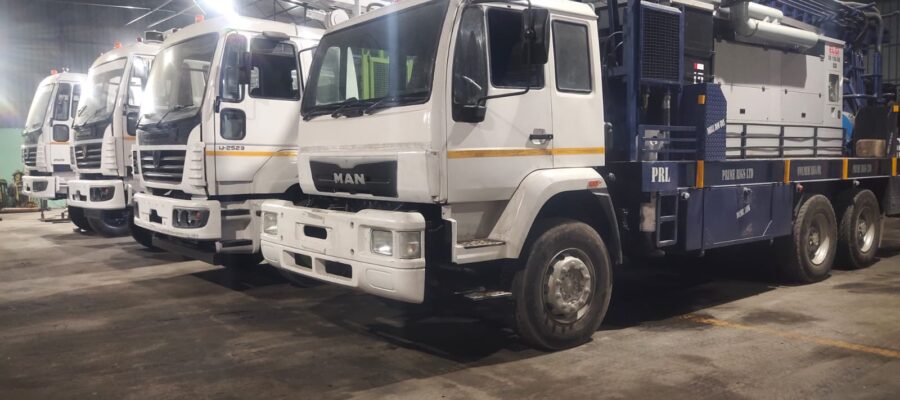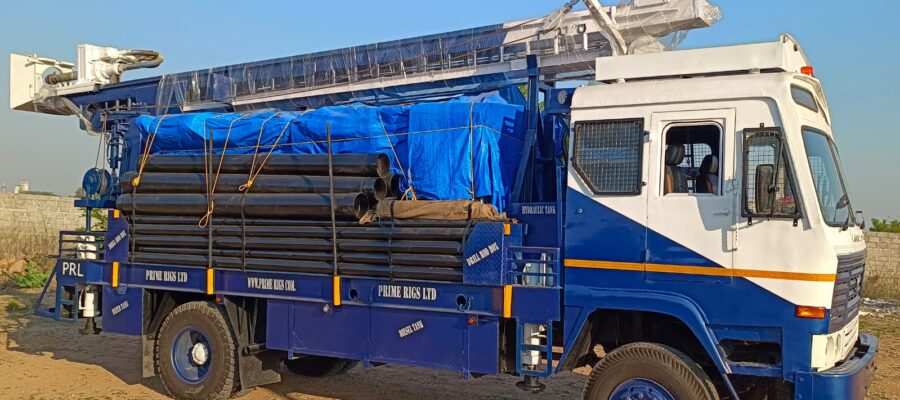
A consistent water supply is required for many activities, including domestic use, production, and agriculture. Drilling rigs borewell can offer a viable alternative in locations with scarce or unreliable surface water supplies. But before beginning this undertaking, there are a few crucial things to consider. This article will lead you through the process and highlight important considerations when drilling a new borewell.
Water Availability Assessment
Examining the water supply in your region is essential before drilling a borewell. To ascertain the presence and depth of water sources, do a hydrogeological assessment or speak with the neighbourhood water authority. You may use this information to choose the best spot for drilling.
Legal and Regulatory Requirements
Check the local regulations and obtain any necessary permits or permissions required for drilling a borewell. Laws governing groundwater extraction vary across regions, so ensure you comply with all applicable rules and regulations to avoid legal complications.
Engage Professionals
Drilling a borewell is a complex task that requires expertise and specialized equipment. Hire the services of a qualified drilling contractor with experience in drilling borewells. They will be equipped with the skills and tools needed to complete the drilling procedure in a safe and effective manner.
Depth and Yield Estimation
The depth and yield of a borewell are crucial factors that determine its viability. On the basis of geological investigations and already collected data, qualified hydrogeologists may predict the likely depth of the water table. They may also forecast the borewell’s prospective production or how much water it could be able to deliver over a specific time frame. You may use this information to make well-informed judgments on the size and depth of the borewell.
Borewell Design and Construction
Once the location, depth, and yield estimates are determined, the borewell design and construction can commence. The drilling contractor will use specialized equipment like drilling rigs to penetrate the earth’s surface and create a borehole. The borehole is then lined with casing pipes to prevent collapse and ensure water quality.
Quality of Water
Conduct water quality tests to assess the suitability of the water for your intended use. The tests can determine parameters such as pH, total dissolved solids (TDS), and presence of contaminants. If necessary, install appropriate water treatment systems to ensure the water meets the required standards.
Maintenance and Monitoring
Regular maintenance and monitoring are essential to keep your borewell in optimal condition. Periodically check the water level, inspect the motor, and maintain water usage records. This proactive approach will help identify any issues early on and ensure the longevity of the borewell.
Conservation and Sustainability
While borewells can provide a reliable water source, using water judiciously and promoting sustainability is crucial. Implement water-saving techniques, including rainwater gathering, effective irrigation, and water recycling. These actions will contribute to preserving water supplies for the next generations.
Conclusion
In conclusion, drilling a new borewell requires careful planning and consideration of various factors. These crucial steps include assessing water availability, complying with regulations, engaging professionals, estimating depth and yield, ensuring water quality, and implementing proper maintenance. By following these guidelines, you can make informed decisions and establish a sustainable and reliable water supply. Remember, responsible water management is everyone’s responsibility.
Recent Post
- Frequent Used: Heavy Construction Equipment and Instruments
- What Type of Water Drilling Should You Choose?
- How To Choose The Perfect Drilling Rig To Buy?
- Tips For Selecting the Right Drilling Rig According to Your Need
- Water Well Drilling: Numerous Advantages
- How To Find Affordable And Reliable Water Well Drilling Rigs For Sale?
- Everything You Need to Know About Water Construction Rigs
- Water Drilling Rigs: Know The Different Types
- Refurbished Borehole Drilling Machine: Is It Worth The Purchase?
- Safety for the Construction Industry: Why Does it Matter?
- Milling Or Drilling: Which Is The Right Process To Choose?
- Choosing A Construction Truck Rigs Supplier Keeping Perfection In Mind
- Factors That Can Help You Select The Best Water Well Drilling Rig
- What Makes Drilling Rigs Different From Milling Rigs?
- Water Well Drilling Rig: All You Need to Know About It
- Do’s and Don’ts of Choosing the Right Rigs
- Underground Drilling Rigs: Features That Make Them Unique And Most Recommended
- What are construction drilling rigs? Why do companies need them?
- How do drilling companies help you with core drilling exploration?
- Key Features and Benefits of Drilling Machines in the Construction Industry
- Exploring the Advantages of Portable Borewell Drilling Technology
- How to Choose the Right Drilling Rig for Your Needs
- Reasons to Invest in Absolute Guide for Rotary Drilling
- Selecting the Ideal Drilling Rig: Ensuring Safety, Efficiency and Cost-Effectiveness





